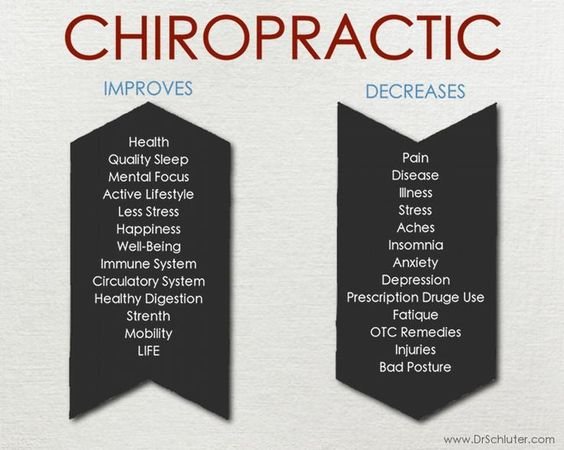Be Prepared To Decipher The Interesting Cellular Communications Associated With Cold Laser Treatment And Its Use Of Light For The Purpose Of Recovery. Involve Yourself Additionally Into The Realm Of Science!
Be Prepared To Decipher The Interesting Cellular Communications Associated With Cold Laser Treatment And Its Use Of Light For The Purpose Of Recovery. Involve Yourself Additionally Into The Realm Of Science!
Blog Article
Web Content Author-Castro Hanna
You may have become aware of cold laser therapy as an encouraging treatment alternative for numerous problems, yet have you ever before questioned how it in fact services a mobile level? Recognizing the systems behind this treatment can clarify its effectiveness in promoting recovery and decreasing swelling. By checking out the scientific research behind cold laser therapy, you'll gain insights right into the remarkable ways in which light can influence cellular procedures and help with cells repair work.
How Cold Laser Treatment Works
To comprehend just how cold laser treatment functions, you need to comprehend the essential principles of just how light energy engages with organic tissues. Cold laser treatment, likewise referred to as low-level laser therapy (LLLT), makes use of details wavelengths of light to permeate the skin and target underlying tissues. Unlike the intense lasers used in surgical procedures, cold lasers send out low levels of light that don't generate heat or trigger damages to the cells.
When these gentle light waves get to the cells, they're soaked up by elements called chromophores, such as cytochrome c oxidase in mitochondria. This absorption activates a collection of organic actions, consisting of raised mobile power production and the launch of nitric oxide, which improves blood circulation and minimizes inflammation.
In addition, the light energy can likewise boost the production of adenosine triphosphate (ATP), the energy money of cells, assisting in cellular repair service and regrowth procedures.
Essentially, cold laser treatment takes advantage of the power of light power to promote recovery and alleviate pain in a non-invasive and mild manner.
Systems of Activity
Just how does cold laser therapy really function to create its restorative effects on biological cells?
Cold laser therapy, also referred to as low-level laser therapy (LLLT), runs through a procedure known as photobiomodulation. When the cold laser is put on the skin, the light energy permeates the cells and is soaked up by chromophores within the cells.
These chromophores, such as cytochrome c oxidase in the mitochondria, are after that boosted by the light energy, causing a cascade of biological reactions. One key mechanism of activity is the improvement of cellular metabolic process.
The taken in light power boosts ATP manufacturing in the mitochondria, which is important for mobile function and repair service. In addition, cold laser therapy helps to decrease inflammation by hindering inflammatory conciliators and promoting the release of anti-inflammatory cytokines.
This anti-inflammatory result adds to discomfort relief and cells recovery.
Restorative Effects
Comprehending the restorative results of cold laser treatment involves identifying just how the improved cellular metabolic process and anti-inflammatory residential properties add to its favorable results on biological cells.
When the cold laser is applied to the affected location, it promotes the mitochondria within the cells, bring about enhanced manufacturing of adenosine triphosphate (ATP), which is important for cellular function and repair. This boost in mobile power accelerates the healing procedure by advertising cells regrowth and reducing swelling.
In addition, the anti-inflammatory residential properties of cold laser treatment aid to lower pain and swelling in the targeted location. By preventing inflammatory moderators and advertising the launch of anti-inflammatory cytokines, cold laser therapy aids in reducing pain and boosting the overall recovery reaction.
Visit Home Page in inflammation not only provides immediate relief however likewise sustains long-lasting cells repair work.
Conclusion
To conclude, cold laser therapy functions by boosting mobile repair service and tissue regeneration via photobiomodulation. Its anti-inflammatory properties provide discomfort relief and lower swelling by preventing inflammatory conciliators.
This treatment offers a detailed method to recovery, delivering both prompt alleviation and lasting cells repair work advantages.
Via its systems of action, cold laser therapy proves to be an effective and promising therapy option for a variety of conditions.
